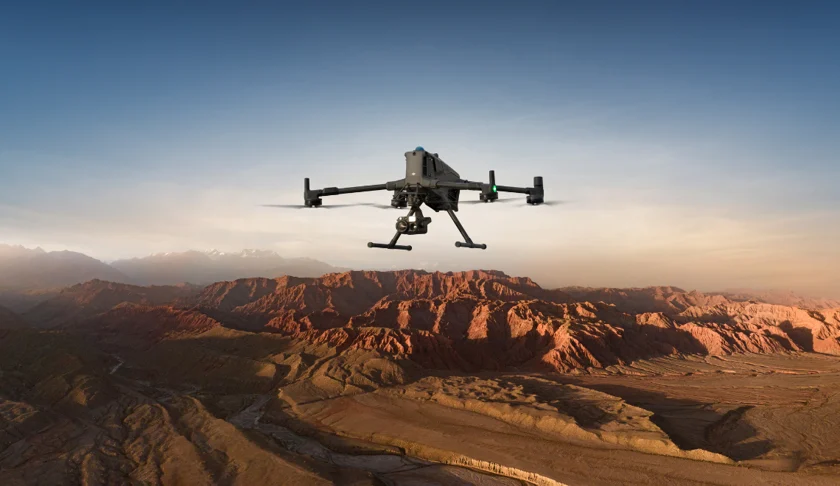
Choosing the Right DJI Enterprise Drone: A Guide for Surveyors, Inspectors, and Beyond
When you're working in high-stakes environments like construction, energy, emergency response, or public safety, your tools need to do more than just fly. DJI's enterprise drones are designed to be dependable partners— whether you're mapping terrain, inspecting towers, or monitoring remote sites. But with several models out there, each built for different use cases, it can be hard to figure out which one fits your day-to-day needs best.
This guide breaks down four of DJI's top-tier enterprise solutions; the Dock 3, Matrice 30 Series, Matrice 350 RTK, and the new Matrice 4 Series to help you make an informed choice.
DJI Dock 3: Fully Automated, Fully Remote
The DJI Dock 3 is for operations that don’t stop and don’t require someone to be on-site. This docking station supports drones like the Matrice 3D and 3TD, which take off, land, and charge themselves for scheduled or on-demand missions. It's designed to handle outdoor conditions (IP56 rating) and cover large areas (54 minute flight time). Whether it’s deployed in a fixed location or mounted on a vehicle, the Dock 3 is about turning drone operations into infrastructure; reliable, repeatable, and truly autonomous.
Best for: Continuous infrastructure monitoring, remote inspections, perimeter surveillance.
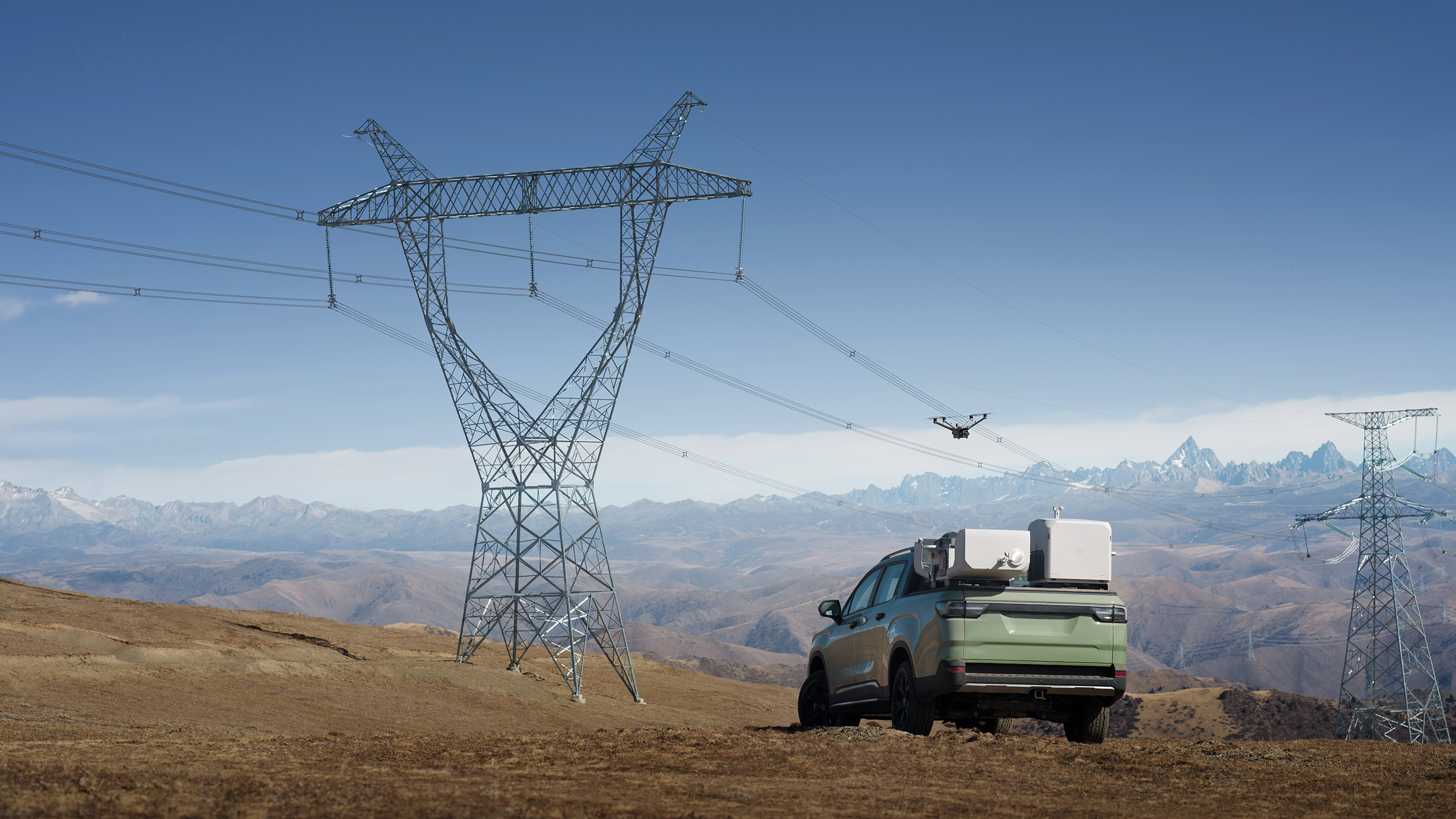
DJI Matrice 30 Series: The Compact Workhorse
If you need something that can be deployed quickly but still has pro-level capabilities, the Matrice 30 Series strikes a solid balance. It folds up small but includes a 48MP zoom camera, wide-angle lens, laser rangefinder, and optional thermal sensor depending on the model. Rated IP55, it holds up well in rain and dust, and its 41-minute flight time is more than enough for short- to mid-range field tasks. The Matrice 30 Series has two versions, one with an integrated thermal sensor as well while the base one come equipped with just the powerful RBG sensors. It's a popular choice for teams working in varied conditions who still need reliable performance and flexible payloads.
Best for: Public safety teams, utility inspectors, emergency responders.
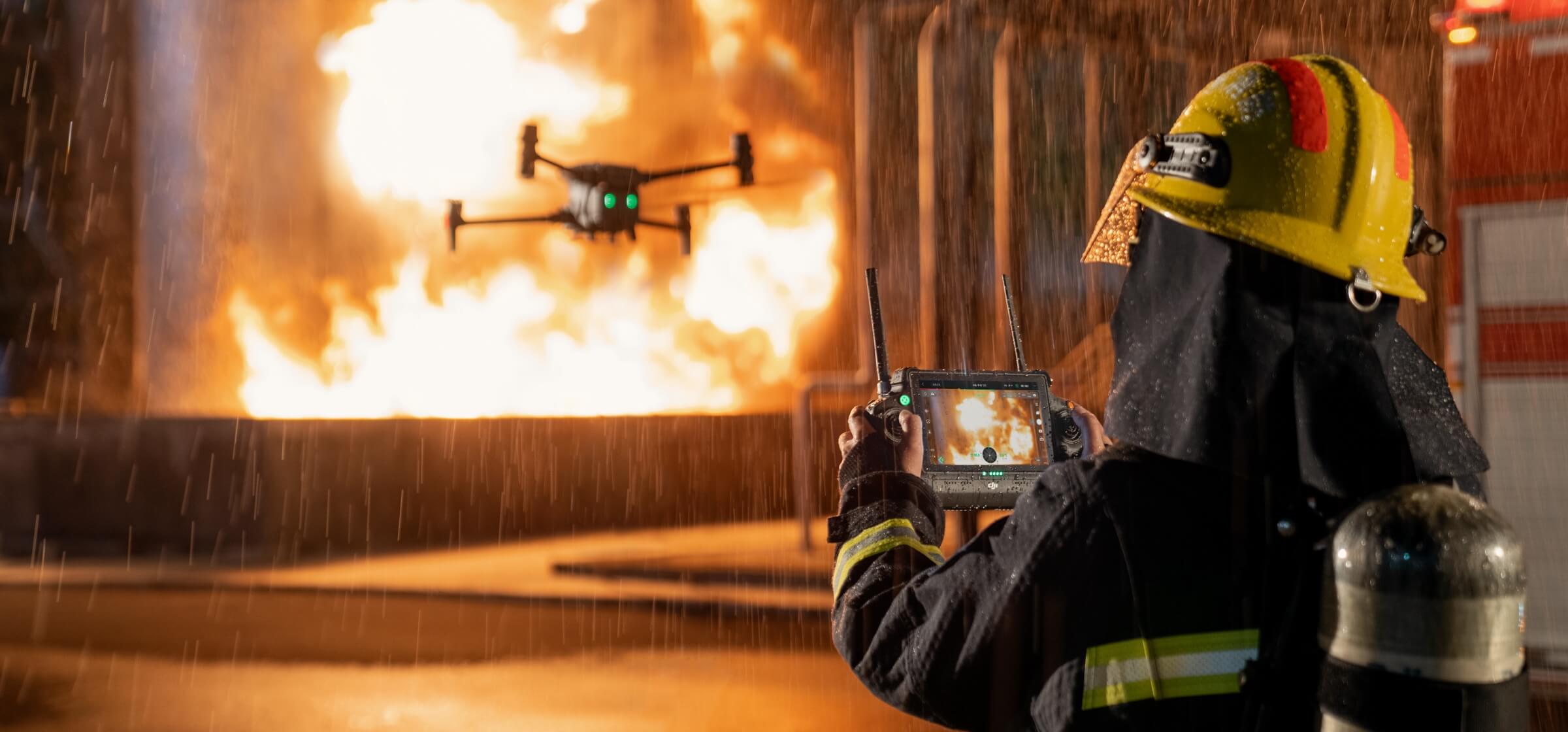
DJI Matrice 400 RTK: Rugged, Reliable, and Ready for Anything
The Matrice 400 RTK builds on the legacy of its predecessor with improved flight time, expanded payload options, and enhanced situational awareness. It features a 59-minute maximum flight time (no payload), an IP55 rating for all-weather operations, and DJI’s latest O4 Enterprise Transmission system for low-latency, long-range communication. The drone supports dual hot-swappable batteries and is compatible with a wide range of payloads—including LiDAR, thermal sensors, and high-resolution cameras—making it a reliable choice for industrial inspections, surveying, and mapping. With backward compatibility for some M300 and M350 payloads, it's a flexible upgrade path for enterprise fleets.
Best for: Surveyors, mapping specialists, infrastructure and asset inspection teams.
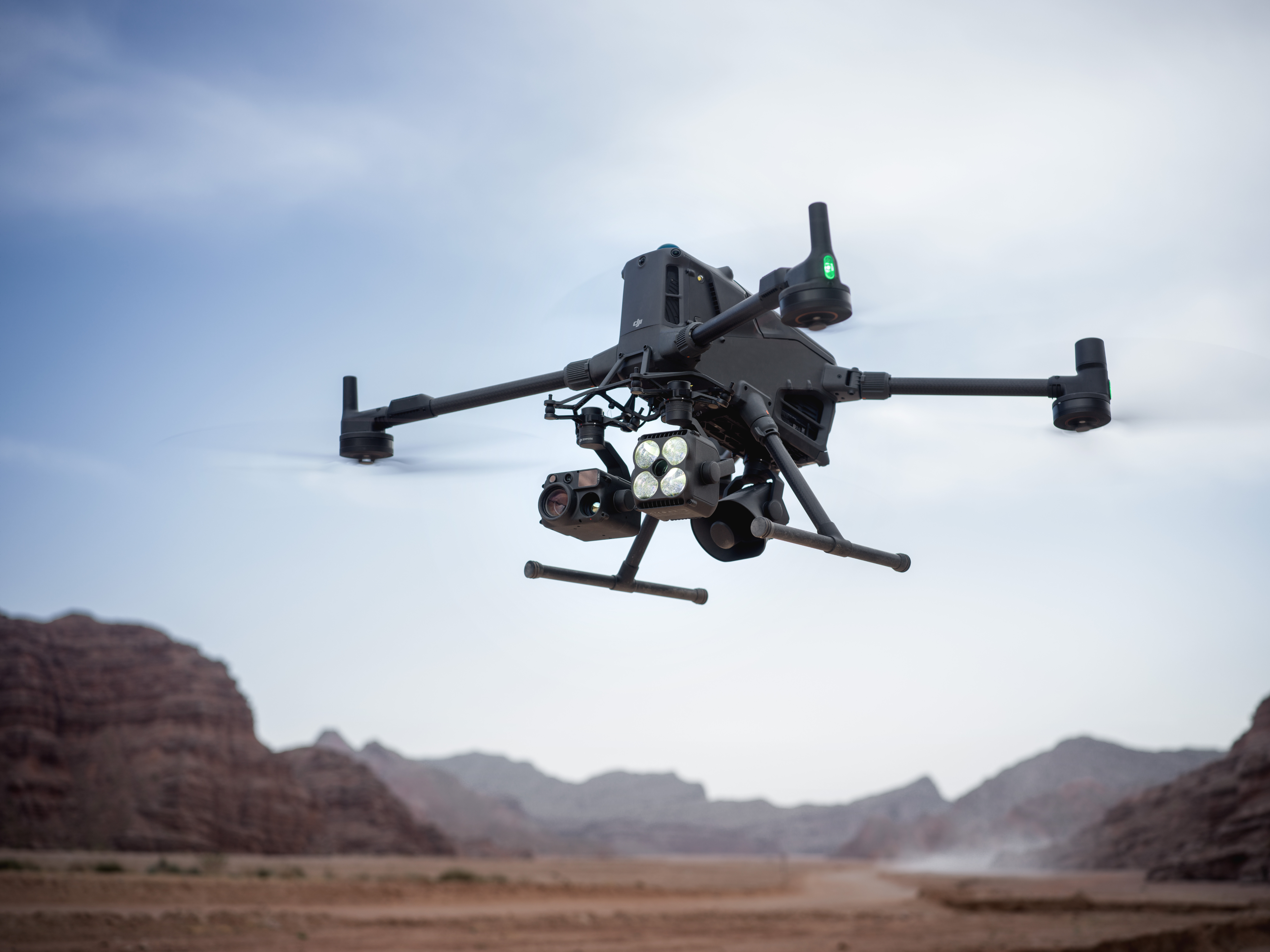
DJI Matrice 4 Series: Precision Meets Intelligence
The latest Matrice 4 Series takes things even further with upgraded flight time, imaging systems, and onboard AI features. Whether you're using the Matrice 4T (which includes a thermal sensor) or the 4E (optimized for geospatial work), you’re getting an advanced suite of sensors: wide-angle, telephoto, and medium tele, plus a laser rangefinder. It’s smart enough to avoid obstacles in complex environments and powerful enough to capture fine detail even in low-light conditions. This drone is for the serious professionals who want the best of automation, intelligence, and reliability in one platform.
Best for: Advanced mapping, complex inspection workflows, and public safety operations requiring thermal or AI-driven analysis.
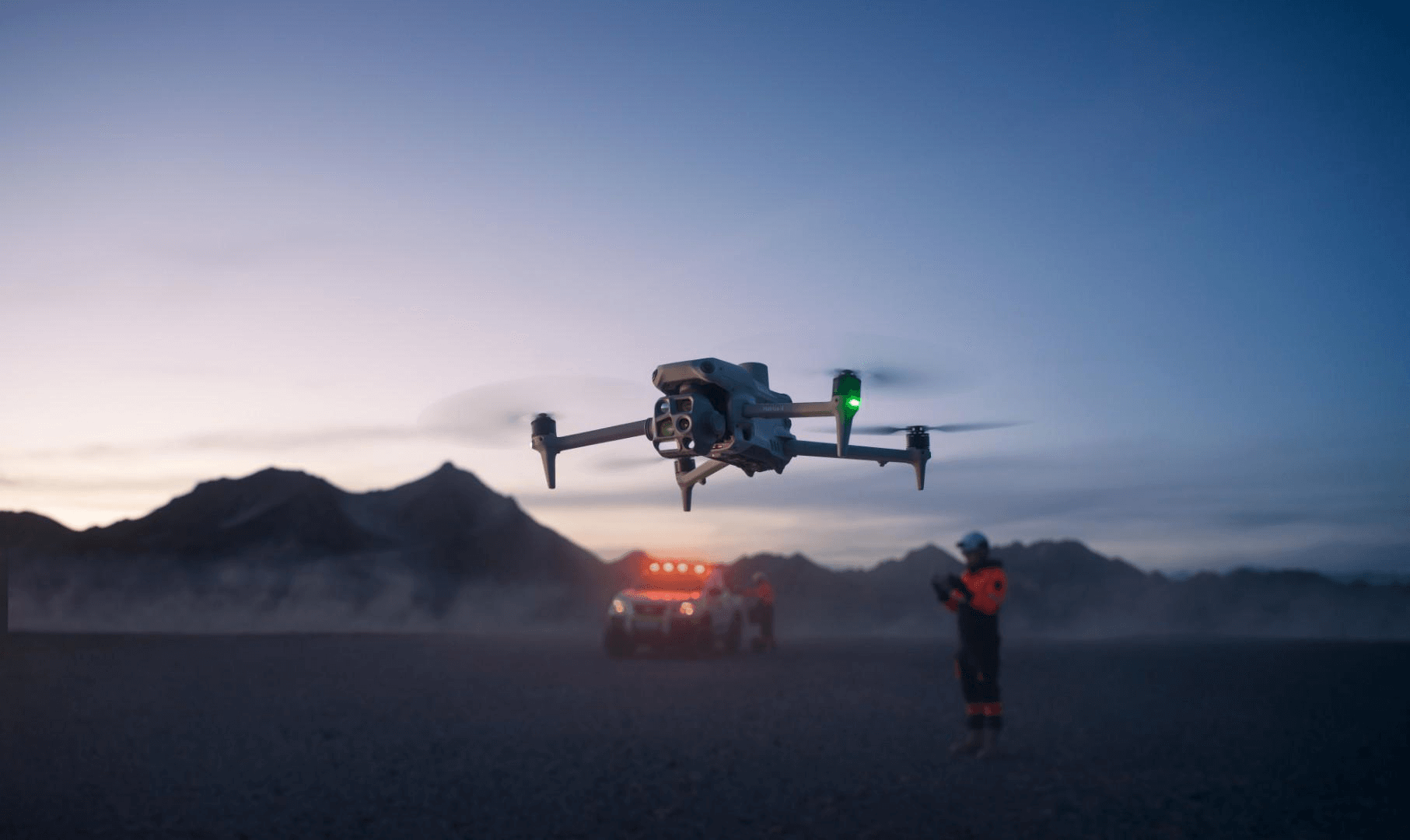
Final Thoughts: Start with the Problem, Not the Drone
There’s no one-size-fits-all drone, especially at the enterprise level. What matters most is matching the tool to the task. Are you looking to automate regular perimeter scans? The Dock 3 is your solution. Need a nimble unit for rapid deployment? That’s where the Matrice 30 shines. Got a complex mapping project or industrial site? The Matrice 350 RTK or 4 Series will have you covered.
The right drone isn’t just about features it’s about how well it fits into your workflow and helps you do your job better, faster, and safer.